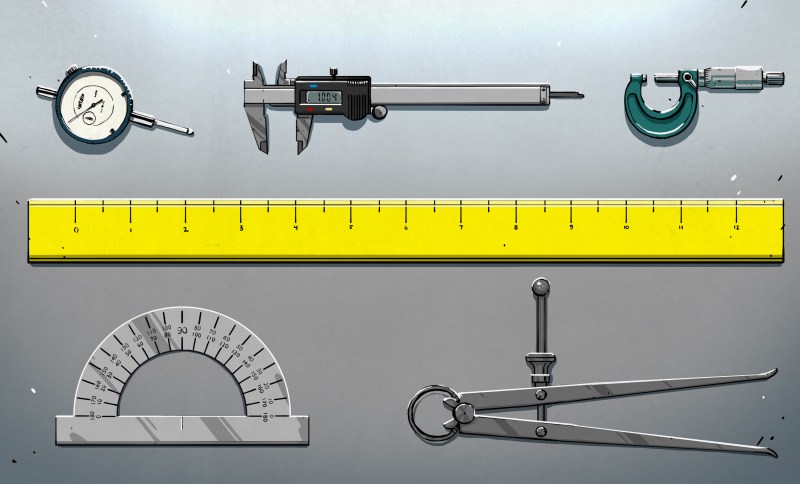
The story of precision, as told by Simon Winchester, is captured in The Perfectionists: How Precision Engineers Created the Modern World. Published in 2018, Winchester’s overview stretches as far back to the Antikythera mechanism and brings us to present day silicon wafer manufacturing. Of course, this isn’t a chronology of all-things made precisely. Instead, it’s a romp through engineering highlights that hallmark either a certain level of precision manufacturing or a particular way of thinking with repercussions for the future.
Structurally, every chapter follows an increasing order of magnitude in tolerance, what was built, and the implications. I’ll confess that the book only loosely follows this organizational structure. While the first part of the book sticks to the formula pretty closely when discussing tolerances for mechanical components, the later chapters seek out tighter numbers by deviating into precision manufacturing of jet engines, lenses, time-keeping devices, and silicon wafers.
Something I’m particularly fond of is how Winchester manages to tie his history of precision into the everyday engineer’s understanding of the subject. I’m sure plenty of our readers will have heard about James Watt, creator of the steam engine. But I’d bet that most of us probably don’t know about John “Iron-Mad” Wilkinson, the machinist who could hold a tight enough tolerance machining iron to bore pistons for Wat] that could actually form an airtight seal. And while plenty of folks will know Thomas Jefferson as a former United States president, they might not know that it was his Francophilia that brought the French creation of interchangeable parts to the United States. The book does this over and over, either shedding light on unfamiliar figures, like Henry Royce and Carl Johansson, shedding new light on familiar figures, like Eli Whitney, or tying the history of machinists together to show how one directly influenced the other.
For capturing a historical piece of non-fiction on what might seem like a dry topic, Winchester does a fantastic job of putting you right back into the moment when history was being made. You’ll can feel the anxiety of a middle-aged Joseph Whitworth, as he prepares to watch Queen Victoria fire his Whitworth Rifle at a target 400 yards away to inaugurate Great Britain’s first National Rifle Association meeting. You’ll be ready to shed a tear at the first successful test flight of early jet-engine powered aircraft. (Unsurprisingly, war plays a big role in making things precisely.) I’ll also mention that this book captures an outstanding retelling of the launch, failure, repair, and eventual success of the Hubble Space Telescope–all while highlighting the precision instrument that failed and dictated such an extravagant repair in the first place. (I mean, who doesn’t appreciate a good hotfix story–in space?)
If you’re curious for some bed-time stories of machinists, scientists, and engineers making things to higher-and-higher standards, you’re in for a treat.
0 Commentaires